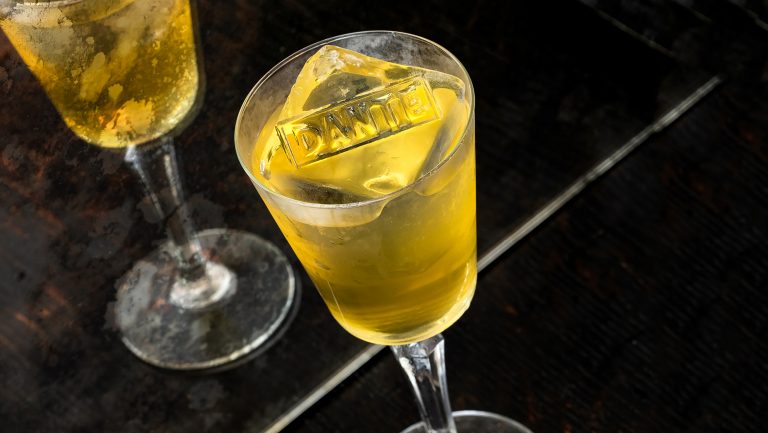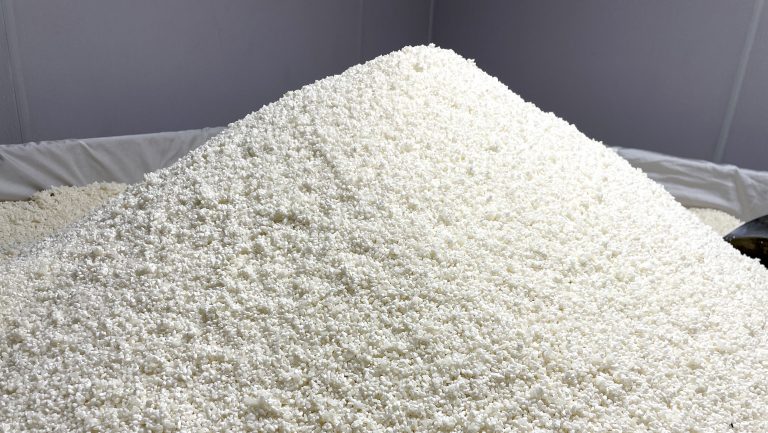At the New York City restaurant Quality Meats, Bryan Schneider, the bar director of the Quality Branded group’s restaurants in New York, Miami Beach, and Denver, serves a cocktail of one part rye whiskey and two parts Angostura bitters. It sounds potentially undrinkable, but it goes down smooth. The secret? Milk washing, or milk clarification, a technique with centuries of history that’s currently enjoying a fresh burst of popularity and finding its way into cocktail recipes around the world.
Working in 10-liter batches, Schneider mixes 20 parts Angostura with 1 part lemon juice, then stirs that deep maroon liquid into an equal amount of fresh cold milk. After a minute of stirring, the mixture, now tomato red, starts to form clumps as the milk curdles from the lemon’s acidity. Schneider lets the liquid sit overnight, then strains it through cheesecloth. What comes through is a perfectly clear amber liquid that could pass for whiskey but smells intoxicatingly spicy and floral and that tastes familiar yet different—bitters without the bitter.
It works because milk contains proteins that bind to certain molecules associated with bitter and astringent tastes—polyphenols, in particular—and when the milk curds are filtered out of the spirit, those bound-up molecules are filtered out too. Oak tannins in aged spirits are another popular target for milk washing, as are the tannins that naturally occur in tea. The phenomenon of polyphenols being bound by milk proteins was established in the 1960s by researchers in the tea industry.

Don’t miss the latest drinks industry news and insights. Sign up for our award-winning newsletters and get insider intel, resources, and trends delivered to your inbox every week.
Packing a Punch
Milk clarification has been around for centuries in the form of milk punch; the technique was used to strip the edges from rougher spirits. In his book Punch, David Wondrich reprints Mary Rockett’s recipe from 1711: “To make Milk Punch. Infuse the rinds of 8 Lemons in a Gallon of Brandy 48 hours, then add 5 Quarts of Water and 2 pounds of Loaf Sugar, then Squize [sic] the Juices of all the lemons; to these Ingredients add 2 Quarts of new milk Scald hot, stirring the whole till it crudles [sic]; grate in 2 Nutmegs, let the whole infuse 1 Hour, then refine through a flannel Bag.”
While it might not be quite mainstream yet, milk punch has enjoyed a resurgence lately. It established an early foothold at Eleven Madison Park in New York City, where one version or another has been on the menu for years. That’s where Eamon Rockey, the director of beverage studies at the Institute of Culinary Education in Manhattan, first came across it in the mid-2000s. He now sells his own Rockey’s Milk Punch by the bottle. It’s made, he says, from “pineapple, apple, green tea, black tea, lemon, and neutral grain spirit—a classic punch.”

Another effect of milk washing is the way it transforms the texture of a spirit. The milk proteins that curdle and are filtered out aren’t the only type of milk proteins present: Casein forms the curds, but, Schneider says, whey proteins that are dissolved in the liquid stay behind after filtering. They give the resulting drink a silken mouthfeel, and in shaken drinks, they produce a voluminous and lasting froth on top.
At Dante in Greenwich Village, Liana Oster, the head bartender, keeps novel milk punches on the seasonally changing menu. “The first one I made was a roasted banana milk punch, with chai tea as the base,” she says. “We used a rich Jamaican rum and Rhum J.M VSOP and maple syrup. We clarified it with goat’s milk, which gave it a little tang at the end. I think it’s one of the best drinks I’ve ever made.”
In her current rotation is a refreshing milk punch with peach, chamomile tea, Strega liqueur “for its herbaceousness,” says Oster, rhum agricole, and Scotch. “The milk transforms the Scotch—it takes away the kick in the face. And it adds that amazing silky smoothness.” Oster has experimented with hot milk, cold milk, cream, exotic milks, and other variations. The only constant, which she and almost every other bartender agree on (Mary Rockett’s recipe is an exception), is the order of operations: Add the spirit mixture to the milk, not the milk to the mixture.
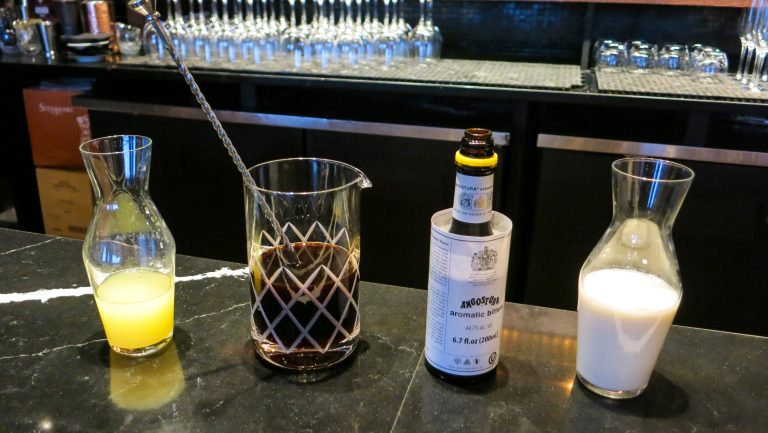
Why does it matter? The milk curdles when its pH gets low enough. Pouring in the acidic mixture lowers the pH of the milk gradually. Doing it in reverse—pouring milk into acid—exposes the milk to a sudden pH drop, making it curdle immediately, before it has a chance to mix with the spirit and bind the polyphenols.
Refining Texture
Although the process works exactly the same—add milk, curdle it, and strain it out—Rockey points out that there’s an important distinction to be made between milk washing for the purpose of flavor stripping or clarification, and milk washing for the purpose of adding body and texture. In the latter case, “what you’re really doing is milk dirtying,” he says. “You’re adding more than you’re removing.”
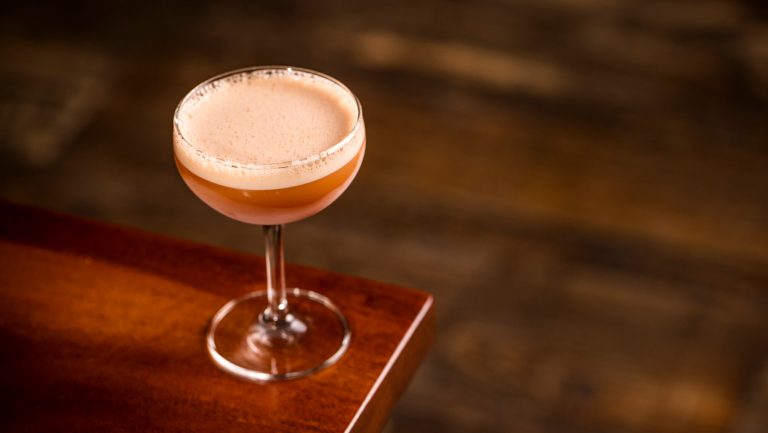
At Existing Conditions in Manhattan, Jack Schramm, the head bartender, milk-washes Linie Aquavit and shakes it with Aperol, Cynar, and grapefruit into a smooth and bitter sour called the Helicopter. (The Existing Conditions ratio is 250 milliliters of milk per liter of spirit, mixed together and then curdled with half an ounce of 15 percent citric acid solution.) Linie is a wood-aged spirit, and, Schramm says, “the milk wash is stripping out some of that oak flavor, but that’s not why we’re doing it. It’s for the beautiful texture.” He adds that the whey protein acts like an egg white, “providing that frothy, foamy lusciousness” without the drawbacks of egg white. “You can balance the flavors like a normal drink,” he says. “You don’t have to take egg white’s drying sensation into account.”

That’s not to say Existing Conditions doesn’t do clarifications; on the contrary, clarification of juices and infusions is a mainstay of the cocktail program. The same is true at Deadshot in Portland, Oregon, where Natasha Mesa, the head bartender, says she’s “pretty much clarified everything from tomato juice to Campari.” Clarifying juice makes it look bright and attractive but also confers functional advantages. A clarified juice can be carbonated without becoming a foamy mess, shelf life is improved, the mouthfeel becomes light, and the liquid, limpid.
But milk isn’t the technique of choice for that. Milk proteins bind to a very specific set of compounds—those polyphenols in wood, tea, and such—but fruit juices and purees aren’t cloudy because of polyphenols. They’re full of tiny suspended particles of plant material, mostly pectin and cellulose. Pulling those out requires different techniques.
Let’s Get One Thing Clear
In his 2014 cocktail handbook Liquid Intelligence, Dave Arnold, the co-owner of Existing Conditions, lists a number of straightforward methods for clarifying juices that, like milk washing, don’t require special equipment. One clever approach involves the creation of a gel that grabs onto the impurities and leaves behind a crystal-clear juice. Chefs have long used eggs or gelatin to clarify stocks, and those work in booze too, but Arnold’s favorite gel clarification method uses agar instead.
For agar-clarifying citrus juice, Deadshot’s Mesa follows the essential procedure laid out in Arnold’s book: Disperse 2 grams of agar powder in 250 milliliters of cool water, then boil the water for a couple of minutes, then whisk in 750 milliliters of fresh lime juice. “Let it set for 10 minutes over an ice bath until it’s like Jell-O,” she says. Then “you simply pour the gelatinous mixture into a cheese bag. The juice will slowly drip out and be clear. This recipe gives damn near 100 percent yield.”
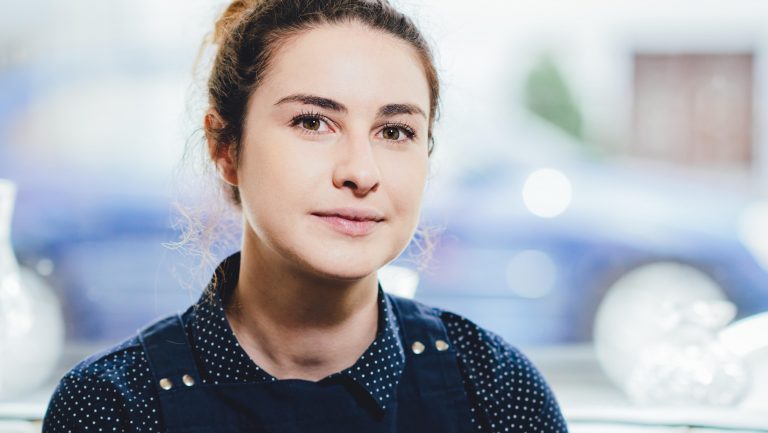
Dante’s Oster uses the agar method to clarify the lime juice for Dante’s Brilliant Gimlet, which is stirred rather than shaken and named for its transparency, both of which are made possible by removing suspended solids from the juice.
At Existing Conditions all the clarification is done in centrifuges, which spin enzyme-treated juices at thousands of revolutions per minute to separate out the particles in a matter of minutes. When Liquid Intelligence was published, Arnold was using an expensive, delicate laboratory centrifuge for his clarifications. In 2016 he introduced his own $800 centrifuge, the Spinzall, a rugged, easy-to-use machine intended for bars and restaurants. Existing Conditions has half a dozen in daily use, and Schramm has never looked back. “Any clarification strips some flavor out,” he says, but the centrifuge strips the least. “Agar strips out a lot of flavor. When I taste a clarified drink, I can tell if it was done with agar.”
From 300-year-old recipes to brand-new machines, the endless possibilities of clarification continue to fascinate cocktail makers. Says Oster, “We very recently acquired a Spinzall, and I’m thinking that next I’m going to do a little bit of research with that.”

Dispatch
Sign up for our award-winning newsletter
Don’t miss the latest drinks industry news and insights—delivered to your inbox every week.
Paul Adams is the senior science research editor at Cook’s Illustrated. He lives in New York City, where he writes about food and drinks.

